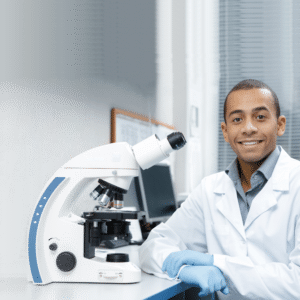in vitro models & assays
QIMA Life Sciences has many in vitro or ex vivo models at your disposal:
- normal human dermal fibroblasts (NHDF)
- dermal equivalent (DE)
- normal human epidermal keratinocytes (NHEK)
- reconstructed human epidermis (RHE)
- full thickness reconstructed skin (FTSK)
- skin explants (ex vivo)
on which we can evaluate the effect of active compounds or formulations on:
- dermis cohesion and firmness (lattice contraction)
- synthesis and expression of extracellular matrix components:
- collagens (collagen I, collagen III), elastin, fibronectin, etc.
- proteoglycans, glycoaminoglycans and hyaluronic acid
- proteases (MMPs)
- collagens (collagen I, collagen III), elastin, fibronectin, etc.
- dermo-epidermal junction proteins (integrins, laminin V, collagen IV, collagen VII)
- cell adhesion proteins (desmogleins, etc.)
- cell renewal (proliferation, differentiation)
Data mapping and clinical imaging
Measurement of cutaneous ptosis by 2D or 3D imaging
Loss of firmness linked to age induces cutaneous ptosis on the face and on the body.
With 2D imaging, the measurement of this ptosis involves the monitoring, by image analysis, of the surface and intensity of the projection shadow on facial folds (lower face wrinkles, nasolabial folds, subocular bags).
In addition, image acquisition of the whole unconstrained face, using for example ColorFace®, makes it possible to monitor, by image analysis, the sharpness parameters of facial contour.
This analysis can also be performed by 3D imagining, with additional measurements of volume.
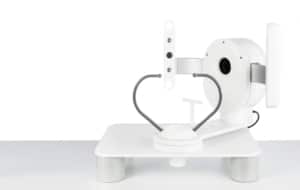
Image acquisition of whole unconstrained face with ColorFace®
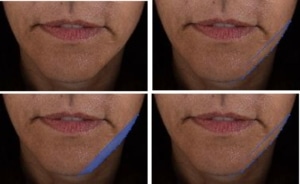
Facial contour analysis
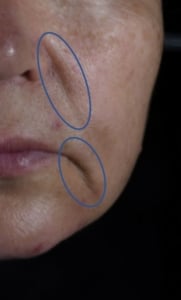
Ptosis analysis of nasolabial folds and bitterness folds
Measurement of eye opening using 2D imaging
Loss of firmness also causes eyes to become hooded.
Using the EyelashCam®, the lifting effect can be measured by the monitoring of the eye opening indicators, on high resolution images completed with open eyes.
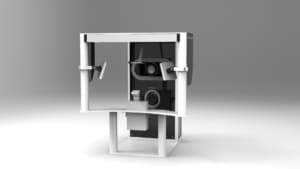
EyelachCam®
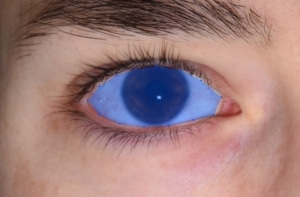
Eye image acquisition with EyelashCam®, and angle and surface eye measurement




